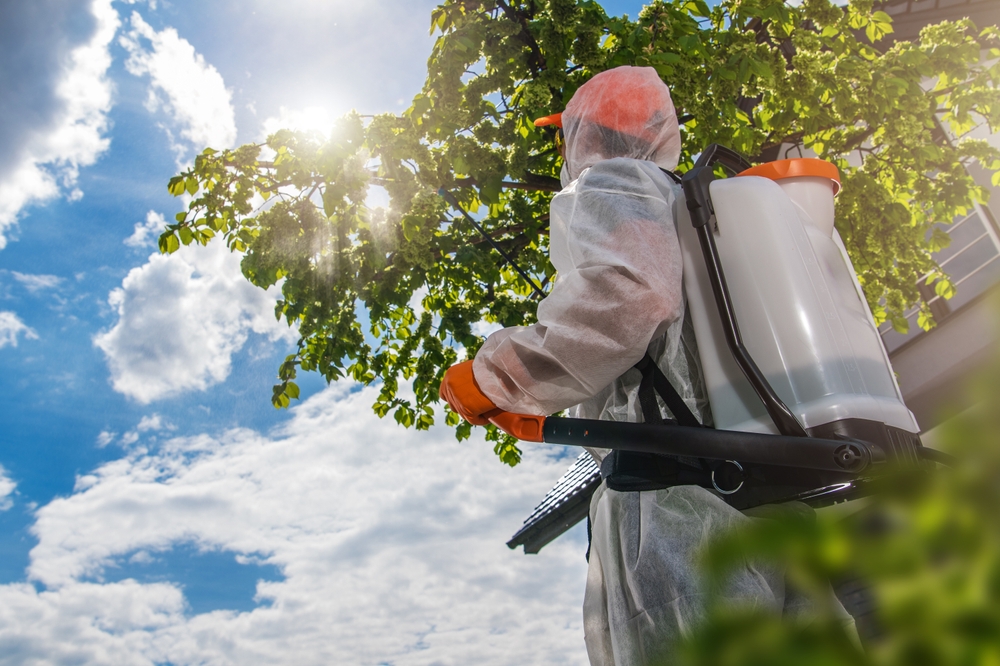How to Pest-Proof Your Beach House Year-Round

Owning a beach house is a dream come true for many, offering an idyllic retreat from the hustle and bustle of daily life. But beachside living also brings a unique set of challenges—particularly when it comes to keeping pests out of your home. The combination of humidity, warmth, and natural surroundings makes coastal properties especially inviting for insects and rodents. Whether you’re dealing with sand fleas, termites, ants, or even raccoons, proactive pest control is crucial to maintaining the comfort, cleanliness, and structural integrity of your beach home. Here’s a detailed guide on how to pest-proof your beach house year-round and ensure your property remains a sanctuary instead of a haven for unwanted guests.
Understand the Unique Challenges of Coastal Pest Control
Unlike typical suburban or urban homes, beach houses are more vulnerable to a wide range of pests. The warm, moist climate and close proximity to nature—especially dunes, wetlands, and forests—create ideal breeding grounds for various insects and rodents. Termites, for instance, are particularly problematic in coastal regions due to the high humidity that promotes wood decay, a perfect nesting condition for these destructive insects. Ants, particularly carpenter ants, thrive in damp wood environments often found in beach houses. Mosquitoes, sand fleas, and no-see-ums also breed near standing water, which is common near coastal areas.
Wildlife like raccoons, opossums, and even snakes may seek refuge in or around a beach house, especially if food sources or shelter are readily available. Understanding these threats is essential before implementing any pest removal strategies. Being aware of which pests are most common in your coastal area allows you to tailor your pest control methods more effectively. Additionally, local climate patterns—like seasonal humidity spikes or tropical storms—can exacerbate pest issues, so staying informed helps you prepare better.
Seal the Entry Points: Your First Line of Defense
One of the most effective ways to prevent pests from infiltrating your beach house is by sealing all potential entry points. This includes cracks in the foundation, gaps in window frames, and poorly sealed doors. Since beach houses often have open designs to maximize views and airflow, they sometimes compromise on pest barriers like tightly sealed windows or screened vents. Go through your home meticulously and inspect all potential gaps. Re-caulking window seams, adding weather stripping to doors, and using fine mesh screens can help keep tiny intruders out.
Even vents, chimneys, and attic spaces should be fortified with durable screens or covers. These openings may seem insignificant but can serve as easy entry points for mice, squirrels, or large insects. If your home is raised on stilts, ensure that the underside is sealed off properly. Rats and raccoons often look for dark, quiet spaces to nest, and the underside of a beach house provides exactly that. Be sure to check for gaps where utilities enter the home—such as plumbing or electrical conduits—as these often go overlooked but are commonly exploited by pests.
Maintain a Dry and Clean Environment to Deter Pests
Moisture and food are the two biggest attractants for pests. Beach homes are naturally prone to moisture issues due to their location, so it’s important to invest in a good dehumidifier or ventilation system. Basements, crawl spaces, and attics should be regularly inspected for signs of water leaks or condensation. Not only do moist environments attract termites and ants, but they also promote mold, which can lead to further structural and health issues. Keep the air circulating and dry, especially during the more humid months.
Cleanliness is another cornerstone of effective pest control. Food crumbs, pet food, and even fruit left on the counter can attract ants, cockroaches, and rodents. Make it a habit to store food in sealed containers, wipe down surfaces after meals, and empty the trash regularly. Outdoor cleanliness matters just as much. Trash bins should be sealed tightly, and compost should be kept in secure, pest-proof containers. If you grill or eat outside often, be sure to clean up immediately after meals to prevent scavenging by raccoons or ants.
Even your landscaping can play a role in pest management. Overgrown vegetation, wood piles, and standing water are magnets for pests. Trim bushes and trees back from the house to eliminate bridges for pests to enter. Also, make sure gutters are clear and draining properly to prevent pooling water, which attracts mosquitoes and other moisture-loving insects.
Schedule Regular Inspections and Pest Control Treatments
Even with all the right preventive steps, professional pest control services are often necessary—especially in beach environments. A yearly inspection by a licensed pest control company can help identify early signs of infestation that may not be visible to the untrained eye. Many pests, like termites and carpenter ants, do their damage behind walls and under floors, only becoming noticeable after significant damage has occurred. Catching these issues early can save you thousands of dollars in repairs.
Depending on your location and the specific pests common in your area, you may need more frequent treatments. Quarterly pest control treatments are often recommended for homes in high-risk areas. These treatments can be tailored to seasonal threats—for instance, targeting mosquitoes and flies in the summer and rodents in the winter. Be sure to work with a company that uses environmentally friendly pest removal methods, particularly because beach homes are often located near sensitive ecosystems.
DIY methods can supplement professional treatments. Using boric acid around baseboards, diatomaceous earth in crawl spaces, or essential oil sprays around doorways can add another layer of protection. However, these should never be a substitute for professional care, especially when dealing with larger infestations or structural pests like termites.
Stay Vigilant and Adapt to Seasonal Changes
Pest control is not a one-time task; it requires year-round vigilance and adaptation. Each season brings its own set of pest-related challenges. Spring and summer are peak times for flying insects, ants, and termites. Fall may see an increase in rodents seeking warmth, while winter could bring issues with moisture and mold, attracting fungus gnats and other moisture-loving pests.
Adapt your pest control strategies accordingly. For instance, in the summer, focus on sealing window screens and managing outdoor areas to prevent mosquito breeding. In the fall, ensure that attic and basement spaces are sealed and free from food sources that might attract rodents. Winter is a good time to inspect and repair any damage from the previous seasons, such as broken vents or compromised caulking. Spring is ideal for doing a full inspection and resetting any bait traps or deterrents as pests become more active again.
Technology can also assist in your pest control efforts. Smart home devices like motion sensors, automated lights, or even ultrasonic pest repellers can add an extra layer of defense. Many of these devices can be monitored via smartphone, making them particularly useful for vacation homes or properties you don’t occupy year-round.
Conclusion
Living in a beach house means embracing the beauty and tranquility of coastal life, but it also means taking proactive measures to defend against a wide array of pests. With a comprehensive year-round approach that includes sealing entry points, managing moisture and cleanliness, scheduling regular pest control treatments, and adjusting your strategies with the seasons, you can enjoy your slice of paradise without worrying about unwanted guests. Consistency is key in maintaining an effective pest control routine. The more proactive you are, the less likely you are to face expensive, time-consuming infestations. Make pest-proofing a priority, and your beach house will remain a peaceful, pest-free retreat all year long.
